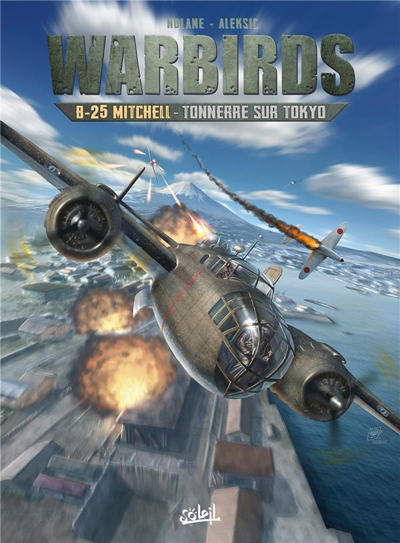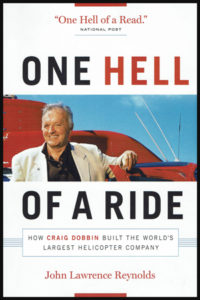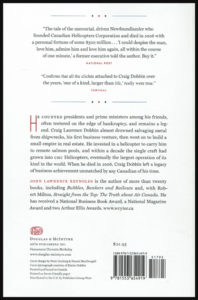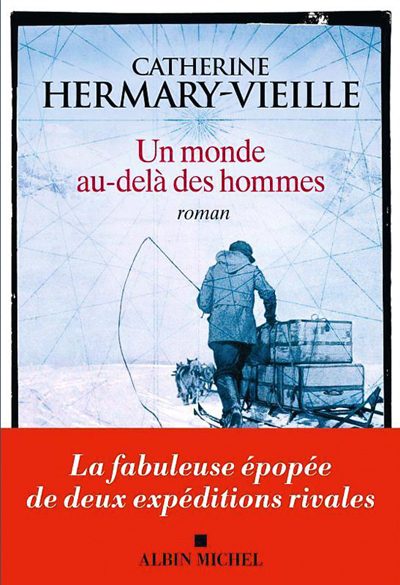
The novel ” Un monde au-delà des hommes” will be of particular interest to readers whose knowledge of early Antarctic expeditions is limited. If you don’t know whether Norway’s Roald Amundsen or Britain’s Robert Scott reached the South Pole in Antarctica first, don’t do the research before opening this book. You’ll find it much more interesting.
In the days of the great conquests of the planet’s uncharted territories, explorers risked their lives for the glory of their country. Here, Norway and Great Britain race to reach the South Pole first.
This historical novel runs to just 134 pages, allowing the author to concentrate on the essentials. She has divided the book into two parts. The first focuses on Amundsen, the second on Scott. The two men used very different methods to achieve their ends. At the beginning of the book, she includes a map showing the routes chosen by each team and the stopovers they agreed on.
Author Catherine Hermary-Vieille discusses the preparation of the journey, the strategic choices made regarding objectives, the obstacles encountered along the way, not to mention the mental attitude adopted by each explorer and the members of the expedition.
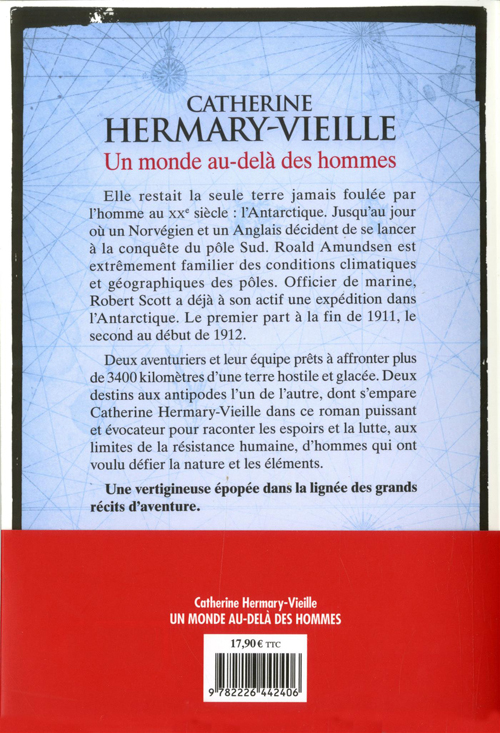
On this trip, one of the two expedition leaders will use sledge dogs as their main means of transport, while the other will try to make progress with mules. One will have only one objective in mind, the other will have several goals to achieve. One will behave as a flexible leader, the other will be more intransigent. The choices and attitude of each explorer will have a direct impact on the success of the expedition.
It’s worth noting that the two competitors don’t start their journey to Antarctica at the same time, so there’s an imbalance right from the start as to when they’ll arrive at the South Pole. But even so, once you know this, there’s still a frozen continent to cross, men to feed, crevasses to avoid and frostbite to treat. You also have to be able to come back alive.
A novel like this can be read in a day. We can forgive a few sketchy descriptions and even a small error like the one on page 19, where the name of the Inuit dog “Funcha” appears twice in the list. These distractions don’t detract from the intensity of the story. These are, after all, the stories of men who went to the very end of themselves for the glory of their country.
Today, we’re witnessing a similar race between countries to send humans to the planet Mars. Which country will get there first? And once it gets there, will it have the right to claim a planet for itself at the expense of Earth’s other humans?
Click on the link for more biography books on my blog.
Title: Un monde au-delà des hommes.
Author: Catherine Hermary-Vieille
© Éditions Albin Michel,
2023
ISBN: 978-2-226-44240-6
